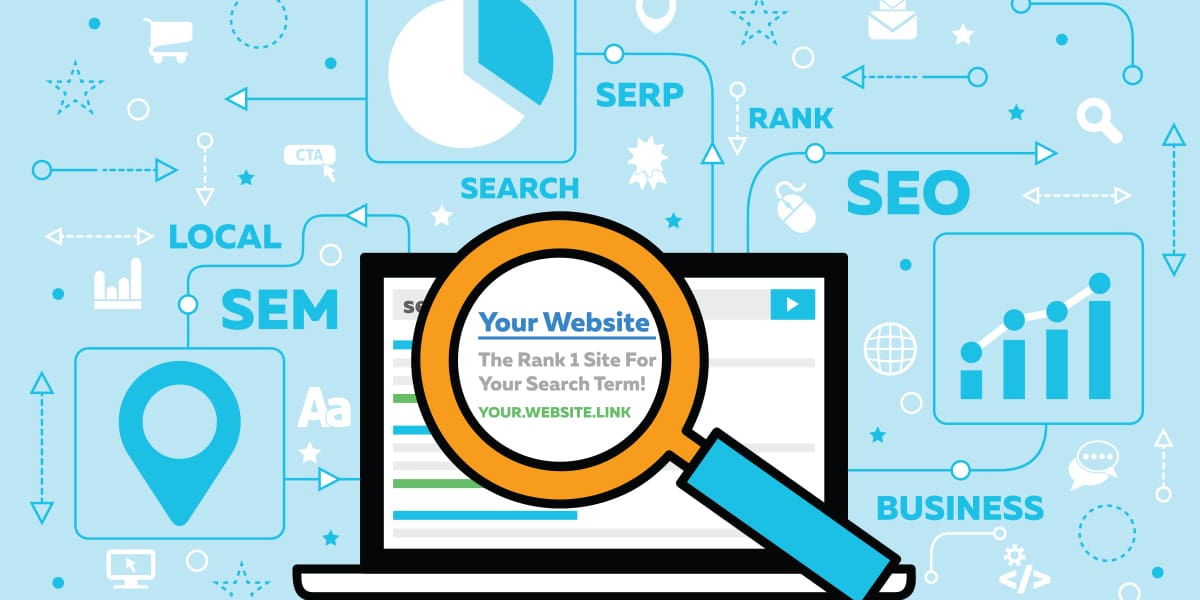Building a website is a hectic task that requires lots of planning. Depending on your strategy and the type of website you are building, it may also take time before your website starts generating any revenue.
In today’s review, we’ll be looking at the crucial steps involved in setting up a successful website in 2021. These tips will significantly reduce the stress involved in building and marketing a modern site.
Create A Masterplan
It’s impossible to build a successful website when you have no idea what its objective is. So, before you start spending money on hosting and digital marketing courses, have a meeting with yourself and decide why you want to build the website and what you hope to achieve. These answers will solve at least half of the problems experienced in the next steps of setting up a site.
The first thing you need to figure out is the subject of the website. This should be followed by comprehensive research on whether there is a profitable market for your objective. The market analysis is really important, especially if you’re starting a blog you want to monetize.
If your topic generates enough searches per month, move to the next step and find the keywords needed to support your main subject. There are lots of free and paid tools that can help you with keyword research.
At the end of the planning period, you should have a spreadsheet containing the main topic of your website and the supporting keywords for the internal pages.
Register A Domain Name And Choose A Host
Coming up with the perfect domain name should be super easy once you know what the website is about. However, there are some basic rules to follow when purchasing a domain name to improve the performance and visibility of your website. This is particularly crucial if you are building an affiliate blog since the name will influence how fast your website ranks.
Generally, there are two ways to determine the kind of domain name you’ll use. The first is to go with your brand if you already have a company. This basically means you’ll use your company name as the domain name. Established businesses need to use their company names since it gives the website legitimacy.
The other option is to come up with a creative name based on the topic or industry your website is targeting. For instance, if you are in the tech niche, you can create a domain name using tech terminologies. These domain names are a bit easier to rank since they’re easily recognizable to search engine bots.
All in all, a good domain name should be short, simple, and professional. Experts would also advise you against adding hyphens and numbers in the name.
Next up is finding the perfect host for your site. Pay for a reliable host to avoid costly downtimes. Some of the factors you need to consider when choosing a host are customer support, security, storage, backup options, and estimated traffic.
You must also think about the server types. There are generally three options here, dedicated, VPS, and shared. Shared servers are the cheapest, but they are far from ideal, especially for e-commerce and other sites that deal with delicate customer details.
Choose A Content Management System
CMS is the system that allows you to publish all the content appearing on your website. There are platforms to choose from, but WordPress is the most commonly used one.
The platform is popular because:
- It has an intuitive dashboard
- It is scalable
- Has thousands of plugins
- It has lots of themes to choose from
- It can be integrated with BigCommerce and WooCommerce
- It’s open-source, so there is a lot of support from the community
- It’s great for SEO
Other options worth checking out are Squarespace, Elementor, Wix, and Shopify.
Design Your Website
This is one of the most critical steps in making a website since it directly affects the user experience. As the designers at nettonic.co.uk explain in their web design report, website visitors take just 2 seconds to determine whether they’ll stay on your site or not. This is a tiny window, so you must do your best to grab and retain your visitor’s attention as soon as possible.
The good news is that designing a website is nowhere as stressful as it used to be. You don’t even need any coding knowledge to get the job done. Most platforms come with free and paid themes that you can edit with simple drag-and-drop functions to personalize your site.
But, if you want to customize your site extensively, hiring an experienced developer is the best play.
Below are some of the factors to keep in mind while designing your website:
- User-friendliness
- Mobile-friendliness
- Loading time
- Aesthetics
Create Your Content
Consult any digital marketing expert, and they’ll tell you that content is king. Without high-quality content, all the effort you’ll put into creating a website and ranking it will be for nothing. You could attract thousands of visitors per month, but your conversion rate will be terrible if your blogs are poorly written.
It’s for that reason that you need to create the best content in your niche. Look at what other websites are doing and compile the information to build quality long-form content.
Make sure your homepage reflects your brand. The inner pages are just as useful so create quality blogs for these pages as well.
Basic business information should be easily accessible to your website visitors. This includes contact information and location. If you are running an e-commerce store, add links for shipping, return policy, and payment methods at the footer.
Implement An SEO Strategy
Your SEO strategy starts when creating a website master plan and choosing a domain name. However, optimization is even more important once you have your content published.
SEO is a broad subject, but it generally covers onsite and offsite optimization. Onsite SEO involves optimizing your website and content to improve rankings. It works on keyword density, URLs, metatags, external and internal links, webpage loading speeds, and creating mobile-friendly content.
Offsite SEO aims to improve your rankings through campaigns like social media marketing and building backlinks through guest posts, website comments, and brand mentions.
Finally, it’s time to launch your website. But that’s not the end of the road. Continue creating fresh content and updating the existing one. You must also stay updated with the latest “white hat” SEO techniques to improve the rankings of your web pages.





